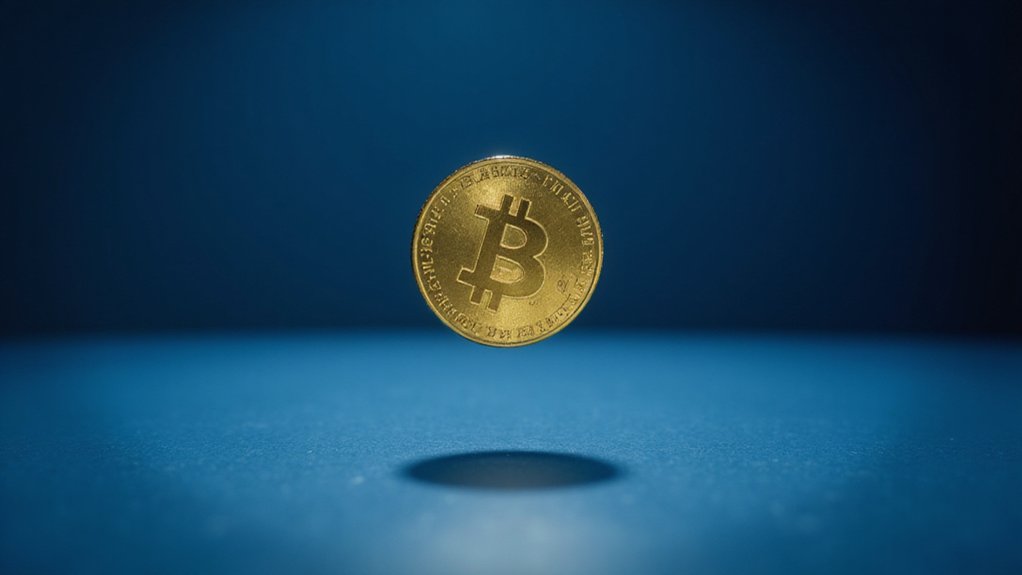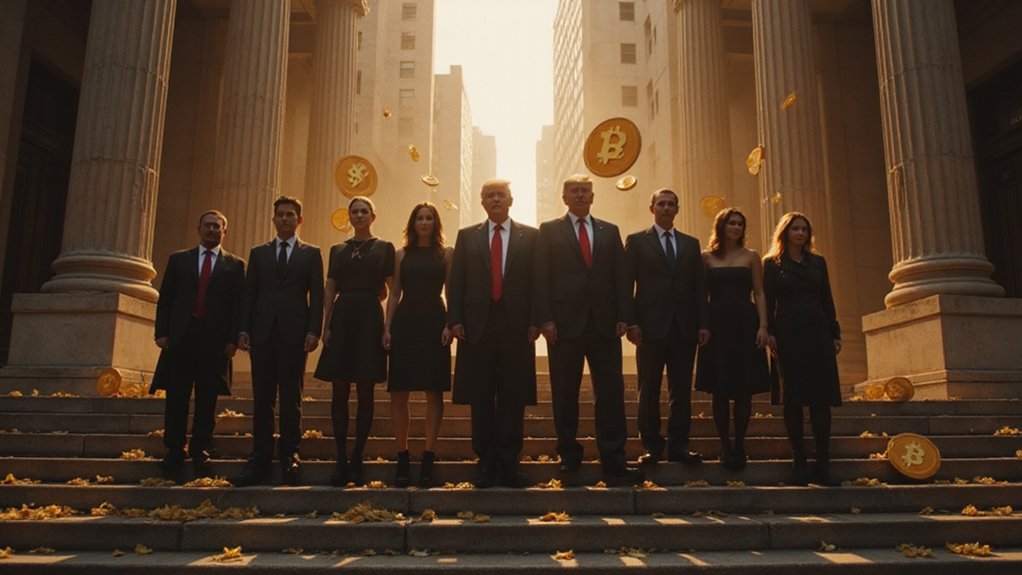In the sprawling digital archipelago of cryptocurrency, where fortunes evaporate faster than morning dew and volatility reigns supreme, one might expect the most dominant force to be Bitcoin’s thunderous price swings or Ethereum’s ambitious smart contract ecosystem.
Instead, the undisputed hegemon of this $156 billion domain is Tether (USDT)—a stablecoin designed to be, well, stable—commanding a staggering 70% market share by August 2024 and wielding influence that would make traditional central bankers nervous.
This dominance hasn’t escaped regulatory attention. European authorities, perhaps unnerved by witnessing a private entity control what amounts to a parallel monetary system, have intensified scrutiny of Tether’s operations.
The irony is palpable: a cryptocurrency explicitly engineered to avoid volatility now finds itself at the epicenter of regulatory turbulence that could reshape the entire digital asset landscape.
Tether’s financial fortress appears formidable. With $149 billion in market capitalization as of Q1 2025 and $5.6 billion in excess reserves, the company reported $1 billion in quarterly operating profits while backing its tokens with nearly $120 billion in U.S. Treasury bonds and equivalents.
This represents a curious phenomenon—a private company fundamentally becoming one of the largest holders of American government debt, all to maintain a $1 peg that traders have come to depend upon like caffeine. The company now holds more Treasury bonds than Germany, ranking as the 19th-largest holder globally among nations.
The systemic implications are profound. More than 1,900 businesses accept USDT, and the token’s integration across multiple blockchains has created a financial infrastructure that operates beyond traditional banking rails. Major exchanges like Binance, which processes the highest daily trading volume globally, have made USDT a cornerstone of their operations, further cementing its critical role in the cryptocurrency ecosystem.
When Russia contemplates developing national stablecoin alternatives specifically to counter Tether’s influence, the geopolitical ramifications become unmistakable.
Yet regulatory waves are building momentum. European policymakers, concerned about systemic risk posed by such concentrated market power, are crafting frameworks that could fundamentally alter stablecoin operations.
The question isn’t whether increased regulation will arrive—it’s whether Tether’s remarkable dominance can weather the approaching storm, or if the very stability that made it indispensable will prove insufficient against regulatory headwinds that threaten to fragment the carefully constructed digital monetary system it helped create.









